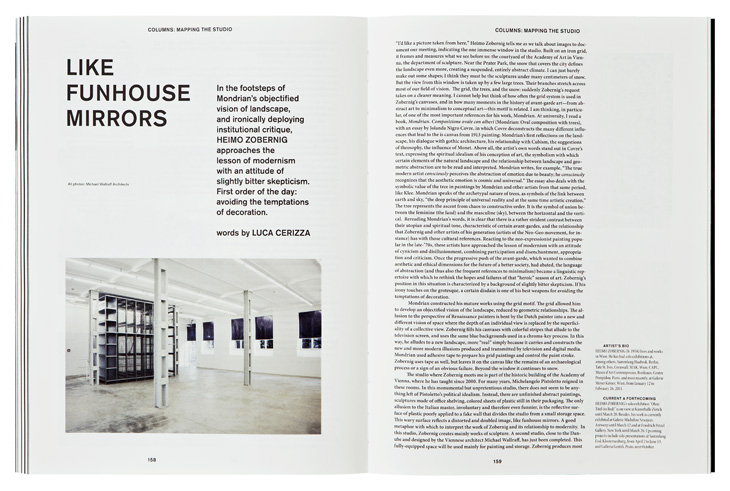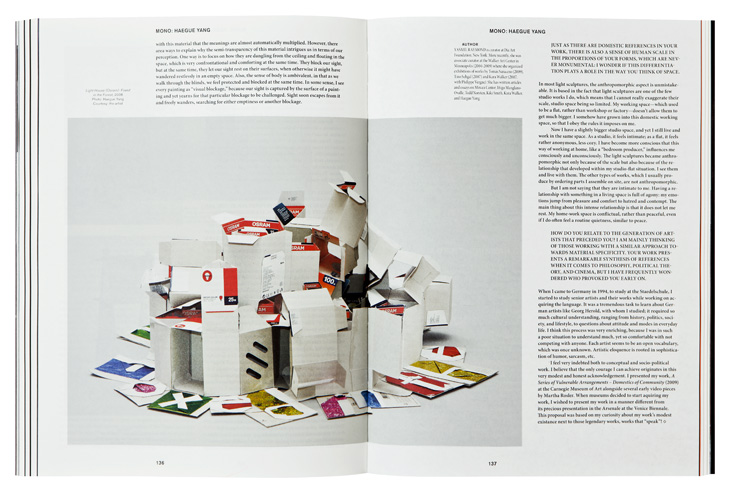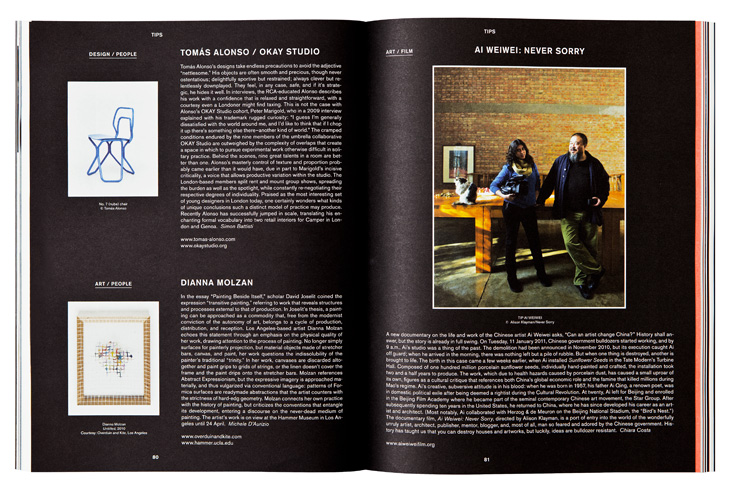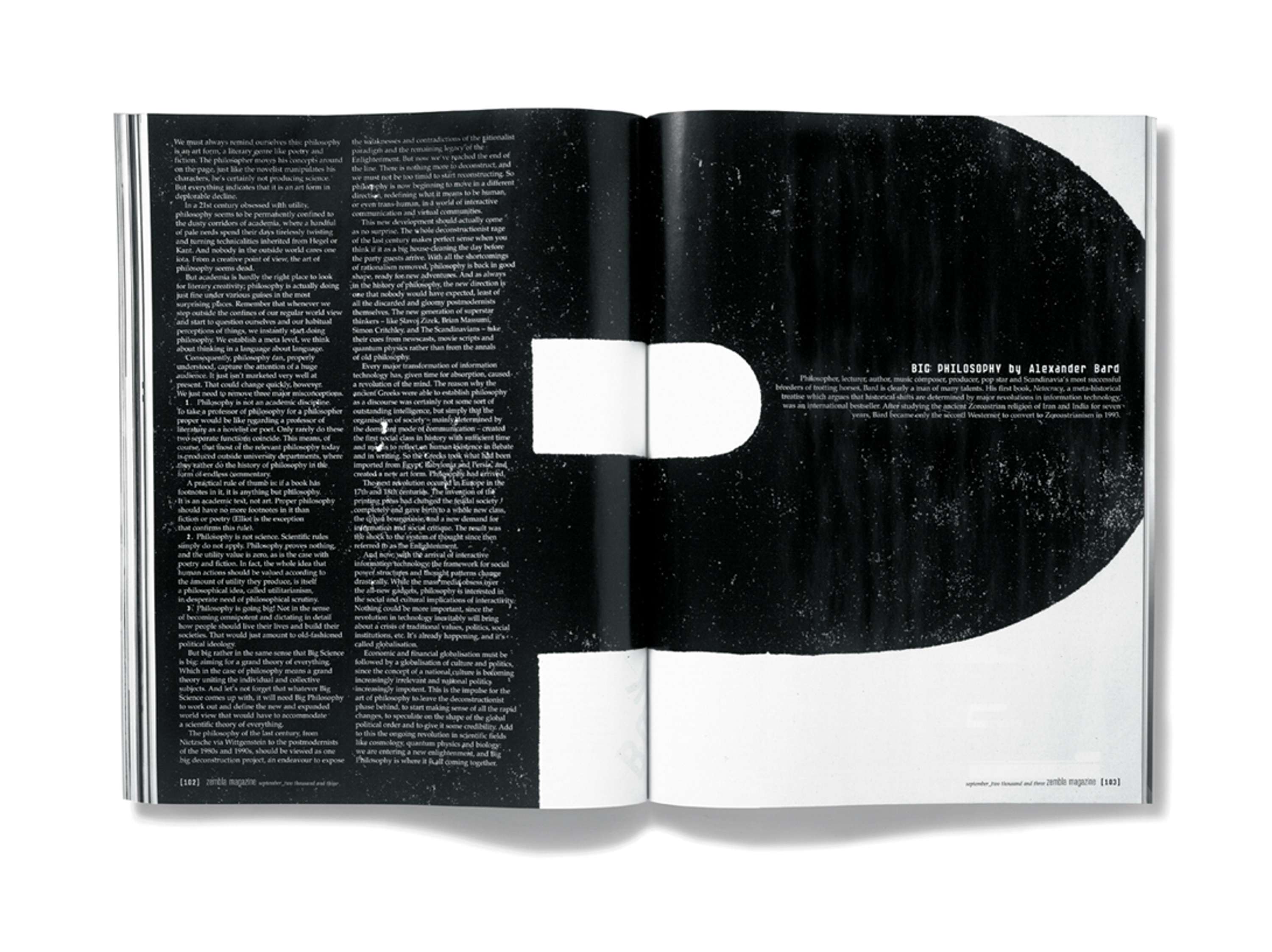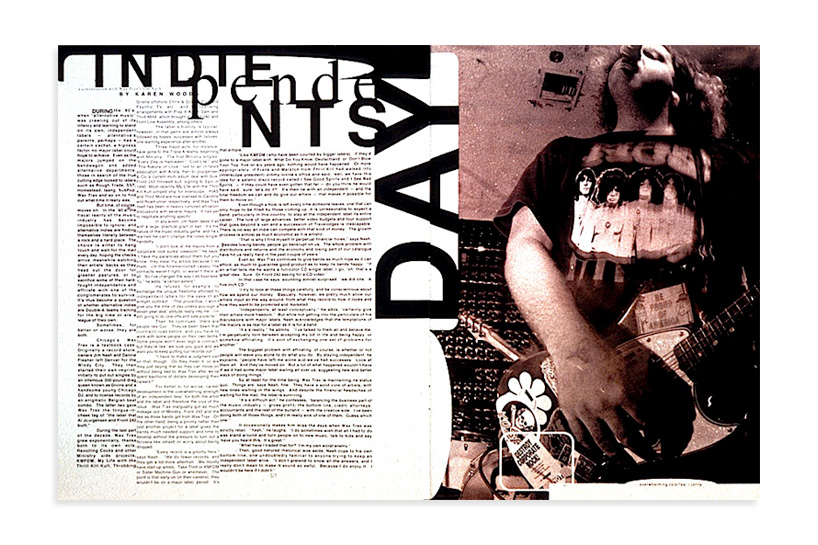I needed information about what the coffee book looks like. I found some information on the internet and I decided to use 22x28 cm.
Second information which was not clear was: dynamic layout, what it is? I found only information about dynamic composition:
- add contrast
- define hierarch Larger/contrast = more important
- treat type as a shape
When I have done some thumbnails I tried them in Indesign. As an inspiration was the book Grid systems/Raster systeme by Josef Müller-Brockmann. I started with a simple 4x4 grid. I tried to fill the grid by text and pictures to my feelings that it looks good. After this grid, I tried a 3x6 grid. I was not satisfied even the layout does not look bad, still, there was a lack of compatibility, I think. So I get inspired by 8x3 two inner pages and I was happier. I really like the picture situated in the middle of two pages. Especially I like 6. 7. layouts where is only one picture with Berlin title and 8. layout where are added some texts. It is clean with enough white space. There is a nice contrast. I was playing with the last layouts. I wanted to wrap text around a shape and the Star of David was a great opportunity. The layout looks good. I think I could be more playing with the shape of type. I tried but it was a beginning. I am not sure about the font of the Travel title. Is not bad but fresher could be found I think.
Anyway, this exercise helps me to more understand how the grid is helpful to build a layout. I noticed that good layout leads an eye across the page. For example the 2. layout, the left page is a little bit messy, the eye is flying from Berlin to left paragraph. In layout 3., the situation is better. How to lead the eye is in layout 4, still, Berlin is a little bit disruptive. Layout 5. is the grid 8x3 for two pages and looks good. The possibility to put the picture in the middle is helpful for the balance of the layout. As there are some things to be adjusted, I am satisfied with the result. Next time I would like to focus on the shape of Type and better leading of the eye.
Here is the pdf file: Grids and Layouts
1. layout
2. layout
3. layout
4. layout
5. layout
6. layout
7. layout
8. layout
9. layout
10. layout
11. layout
















